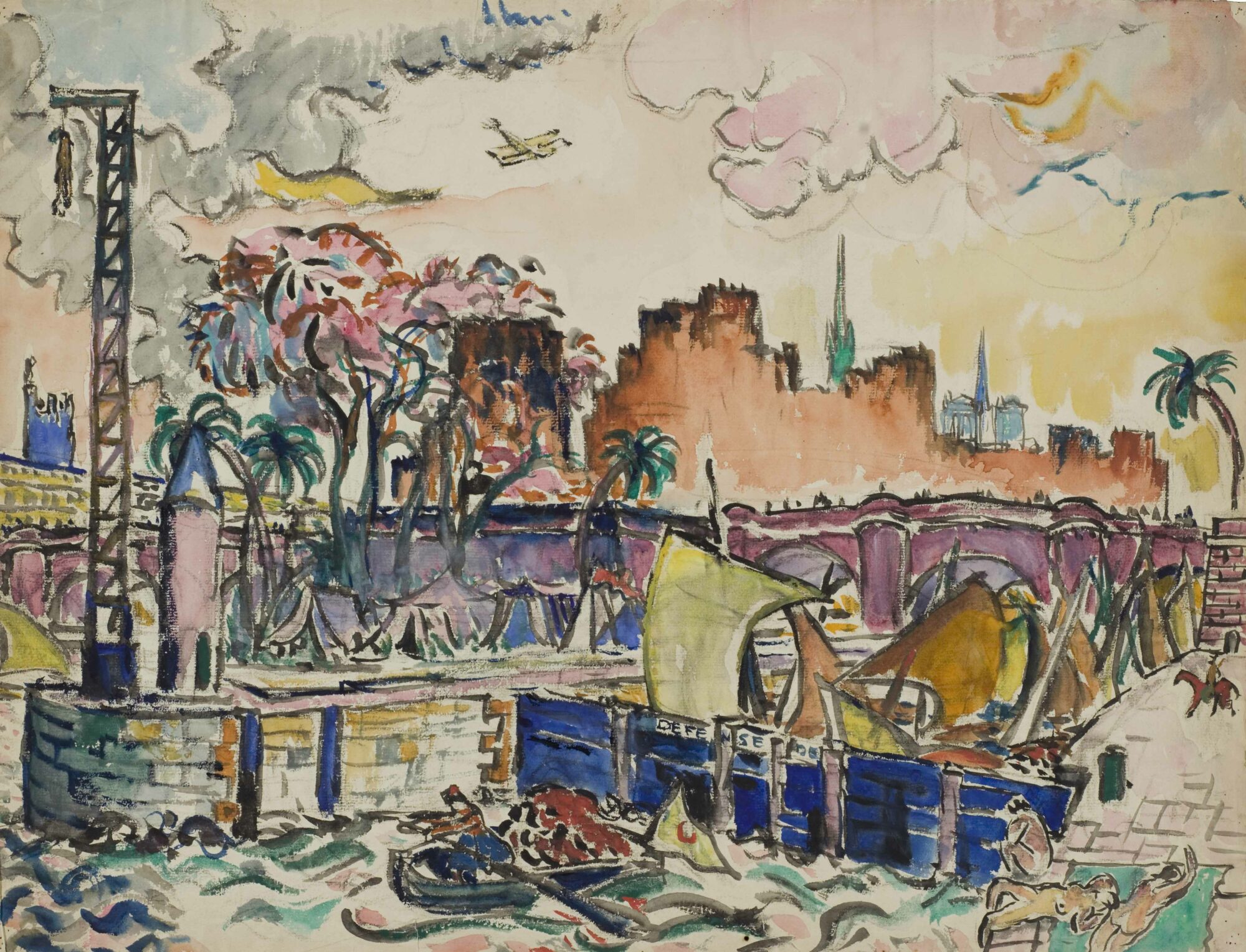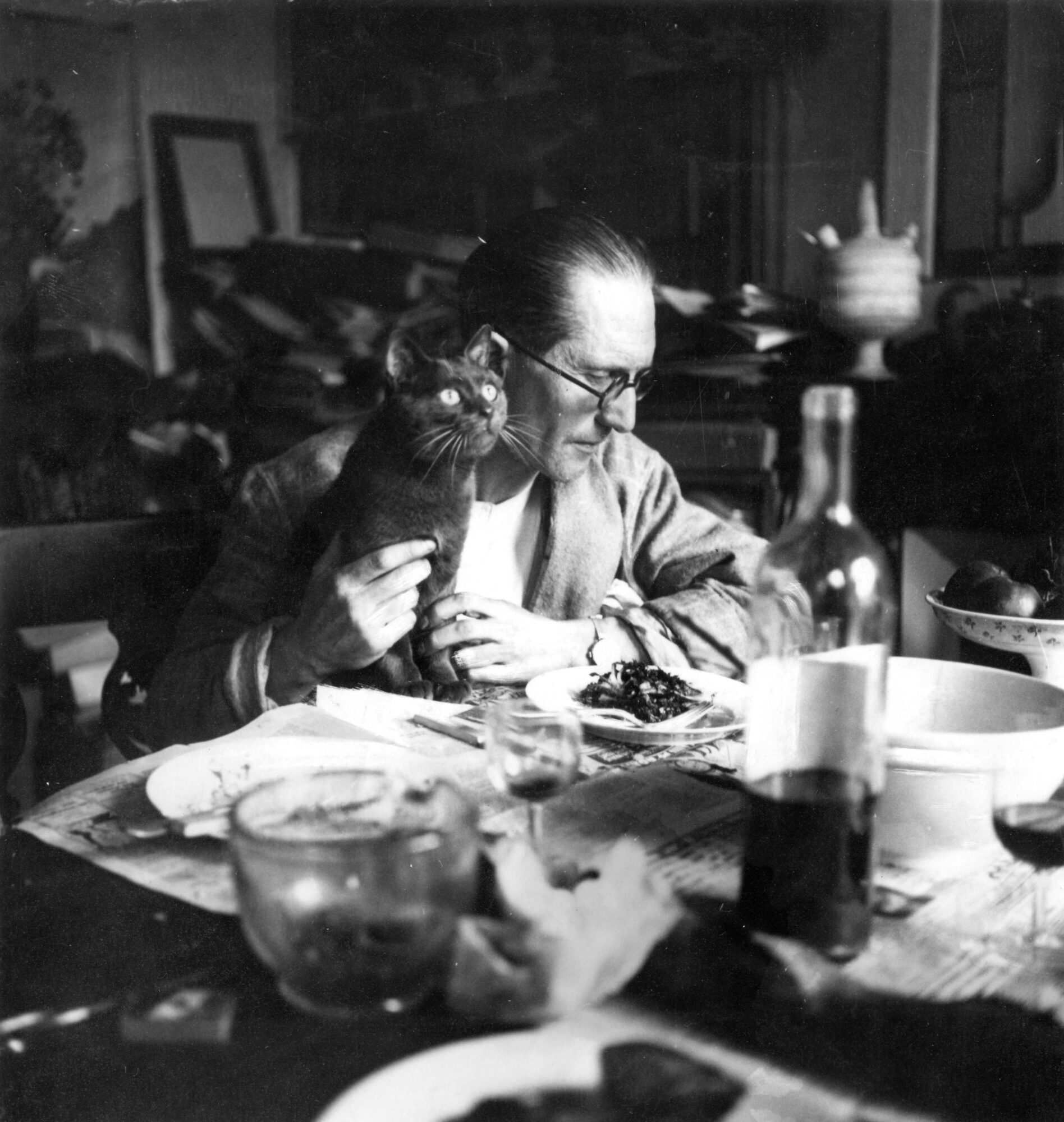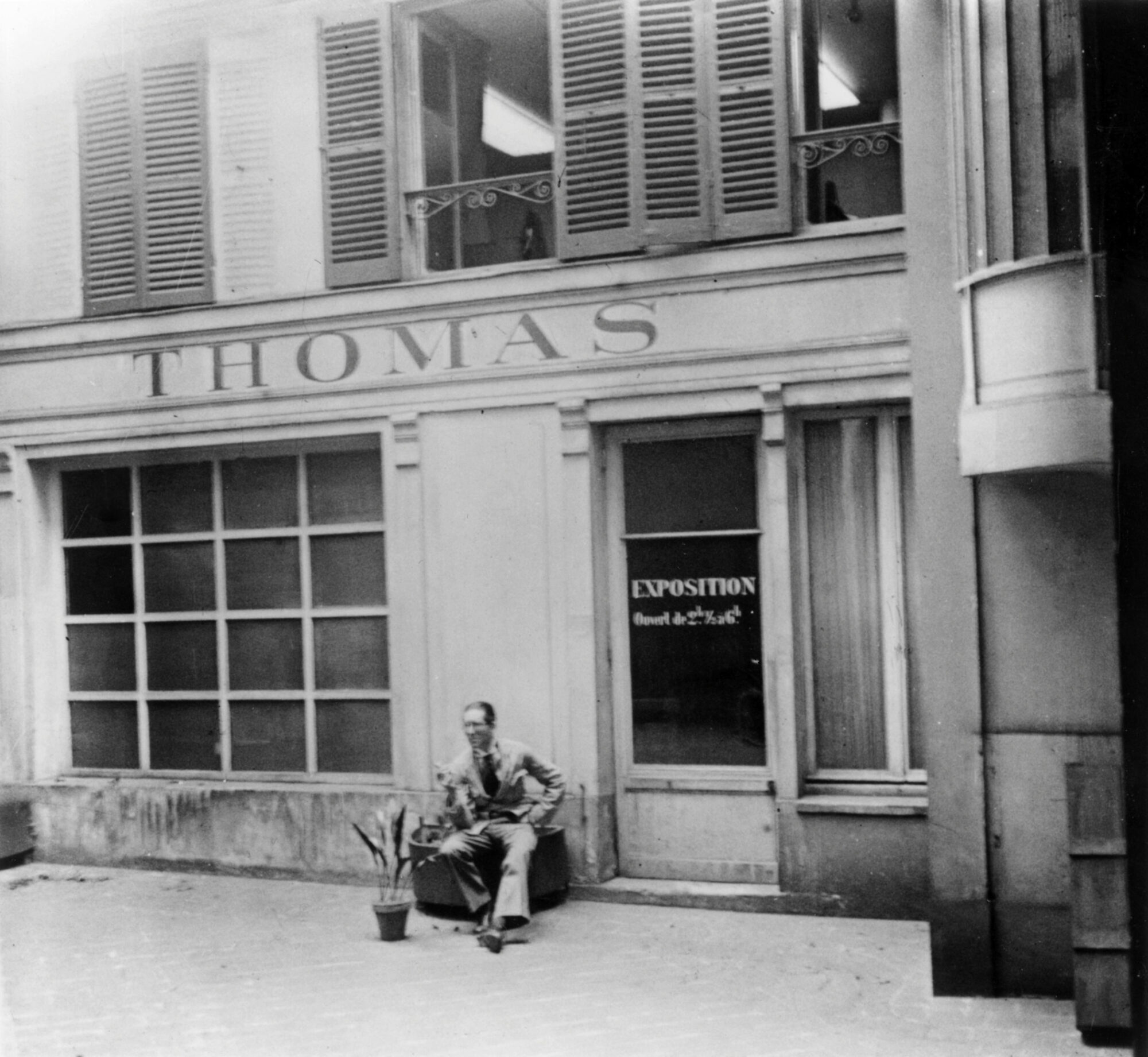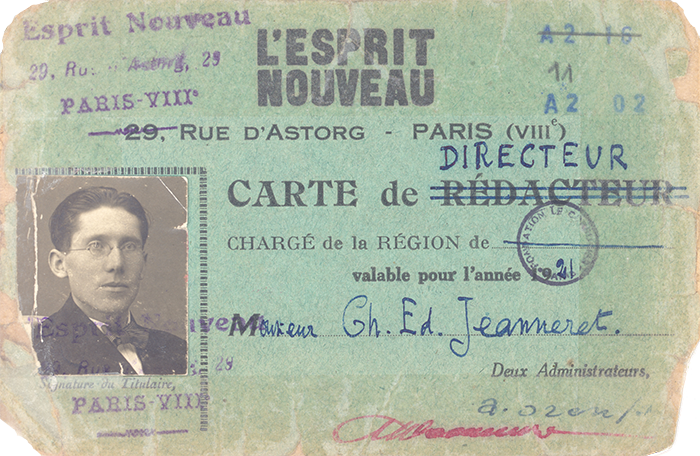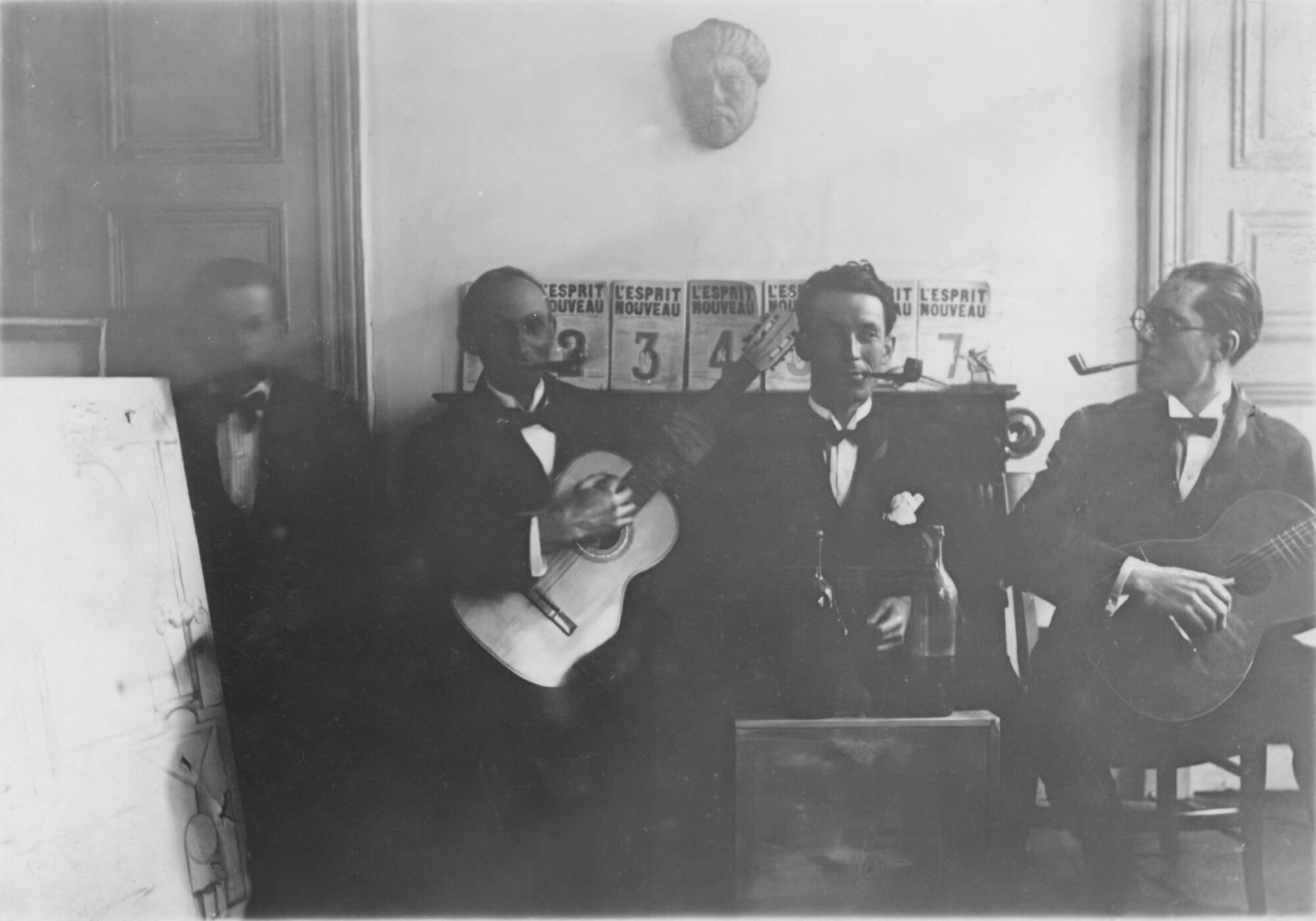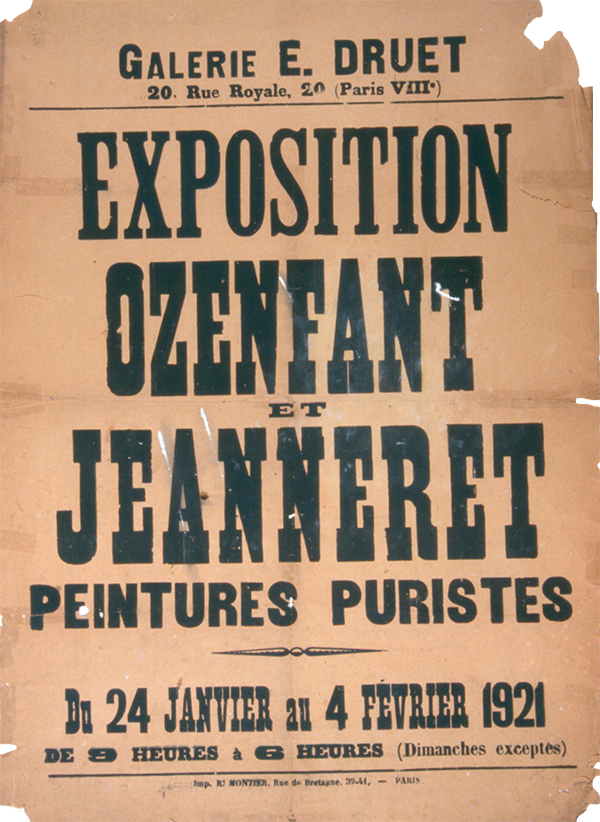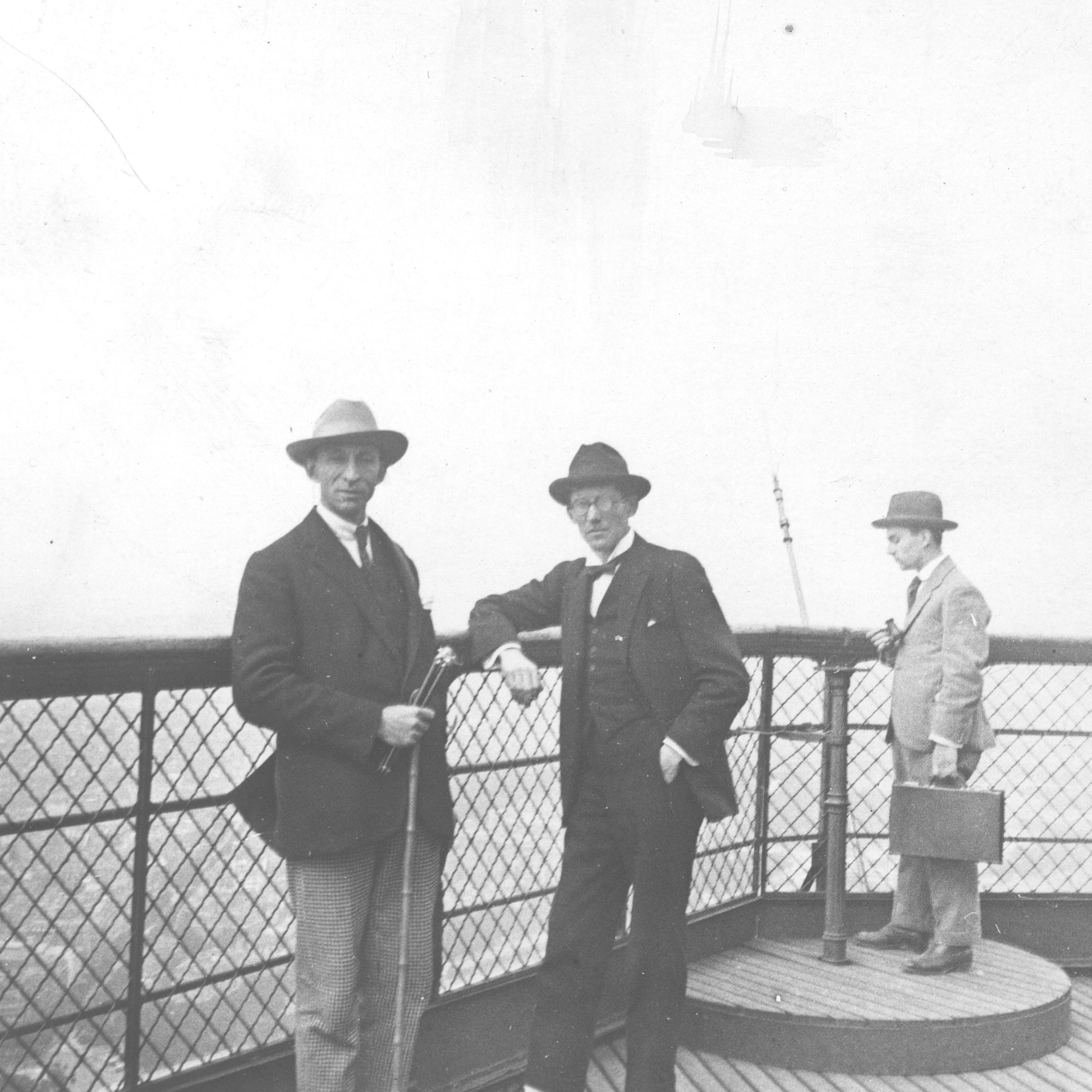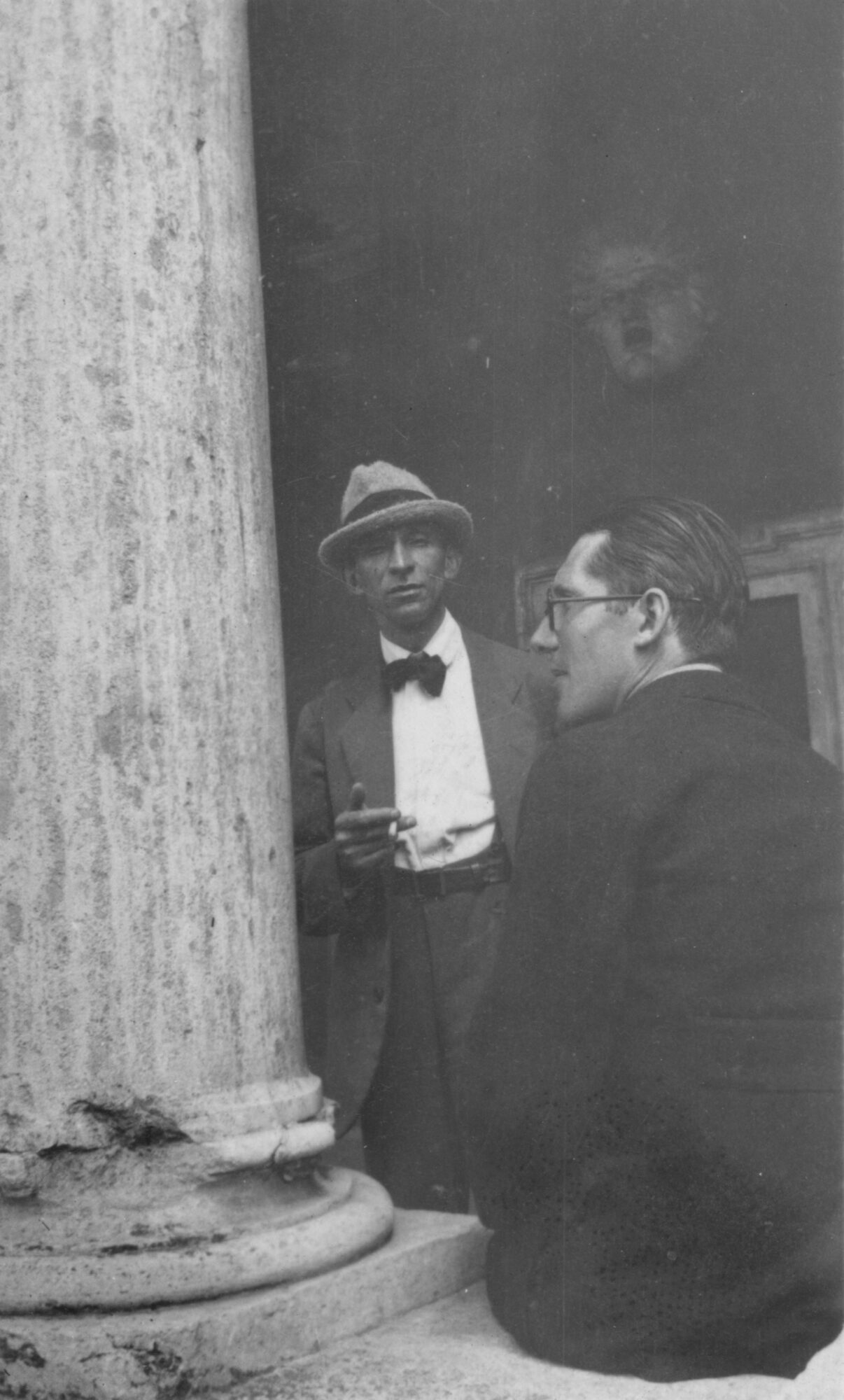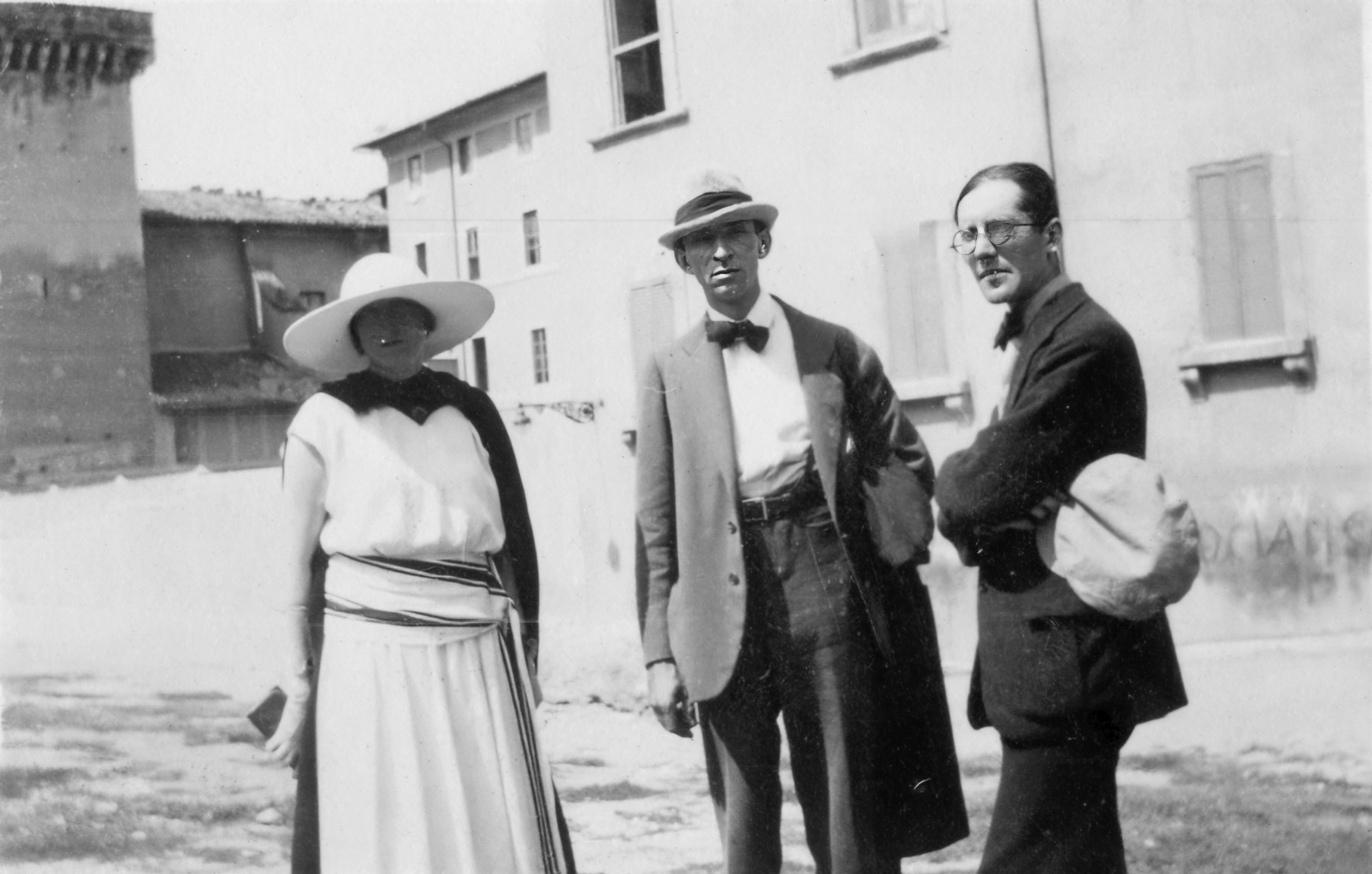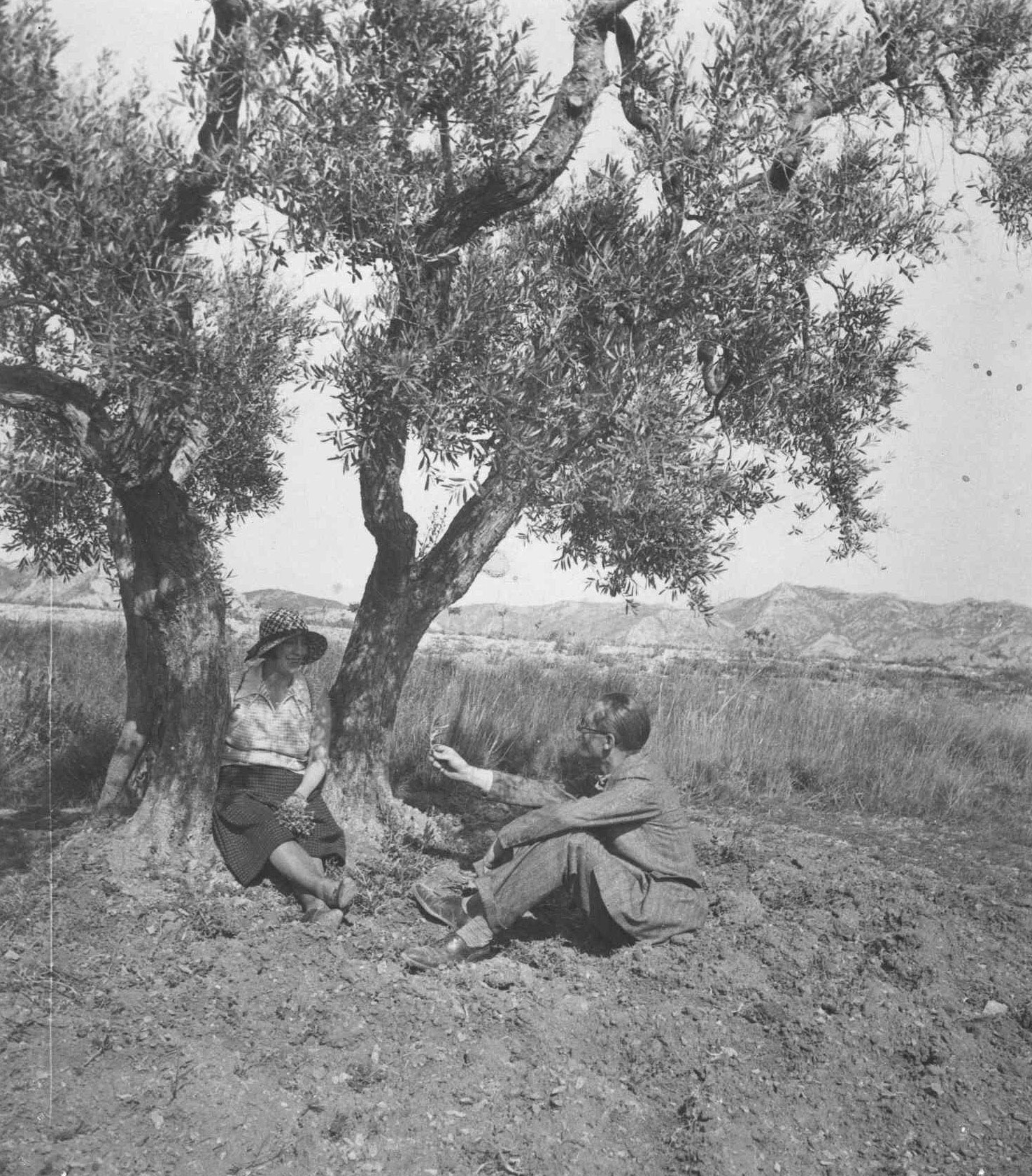
1917-1922: "À nous deux Paris!"
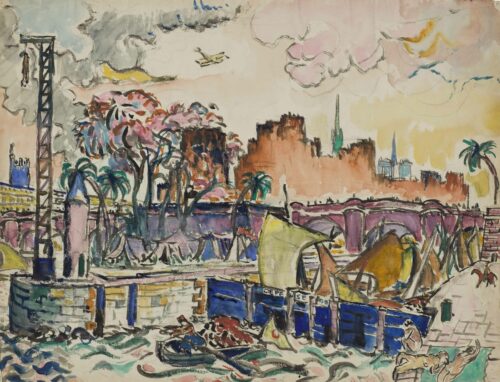
His definitive departure for Paris was not simply the result of a rejection of La Chaux-de- Fonds. If the Schwob trial was the trigger, his desire to leave was linked to a bitterness about Swiss neutrality in the 1st world conflict. On February 14, 1917, he wrote to his parents: “We are filthy neutrals, occupied only with business. We are the eunuchs of the situation“. This attitude began at the very start of the conflict.
On November 20, 1914, he had already reminded Auguste Perret: “I think that if I had been in Paris, I would have gone into the fire”. In February 1917, he settled permanently in Paris, to work towards solving the problems reserved for his generation after the war, and to participate fully in the debate on future reconstruction. After registering the patent for the Dom-Ino house, he embarked on a career as an architect and industrialist, working for the Société d’Entreprises Industrielles et d’Etudes (S.E.I.E.) and the Société d’Applications du Béton Armé (SABA).
The end of the war, and the euphoria that characterized the early post-war period, placed Jeanneret at the heart of Parisian artistic life. He embarked on an aesthetic and pictorial collaboration with Ozenfant. With one foot on the Left Bank in the world of the arts and the other on the Right Bank in the world of industry, Jeanneret’s entry onto the Parisian scene was a resounding success.
The foundation with his friend Amédée Ozenfant gave him the opportunity to become and claim the status of architect, artist, industrialist and man of letters. The success of the Esprit Nouveau movement is undeniable. Between the Dome and the Coupole, his profile was finally recognized. But financial success was not yet on the cards. The Alfortville brickworks operation was a failure. The plant was gradually shut down as of December 1920, and the workers laid off.
1917
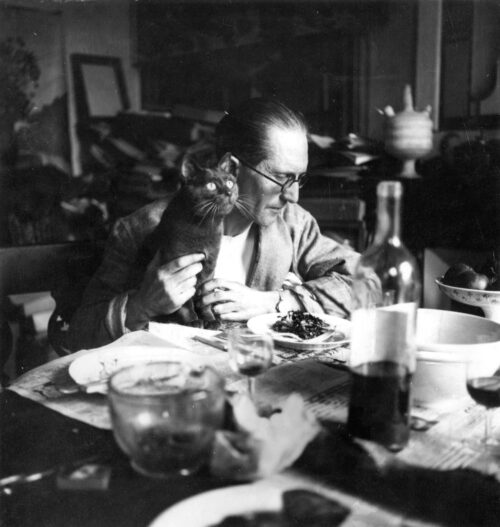
- Move to 20 rue Jacob, in the 6th arrondissement of Paris
- Construction of a water tower in Podensac and the Cité ouvrière in Saint-Nicolas d’Aliermont
1918
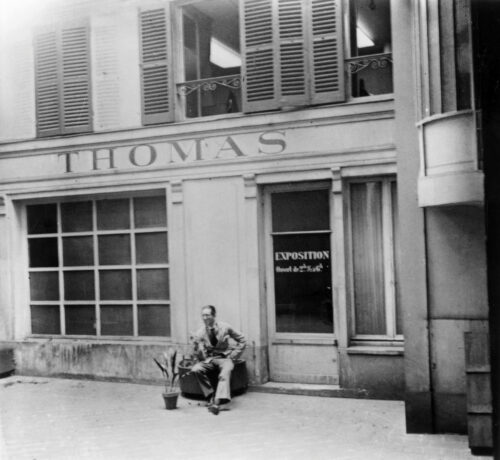
- Charles-Édouard Jeanneret creates his first purist oil on canvas, La Cheminée.
- On Saturday, December 21, his first exhibition of purist paintings opens at Galerie
- Publication of Après le Cubisme with Amédée Ozenfant
1920
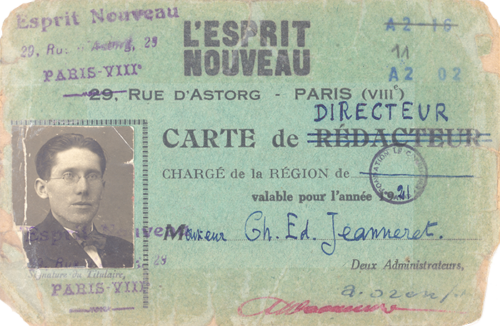
- L’Esprit Nouveau magazine founded with Amédée Ozenfant and Paul Dermée
- Charles-Édouard Jeanneret takes the pseudonym Le Corbusier to sign his architectural articles in L’Esprit Nouveau.
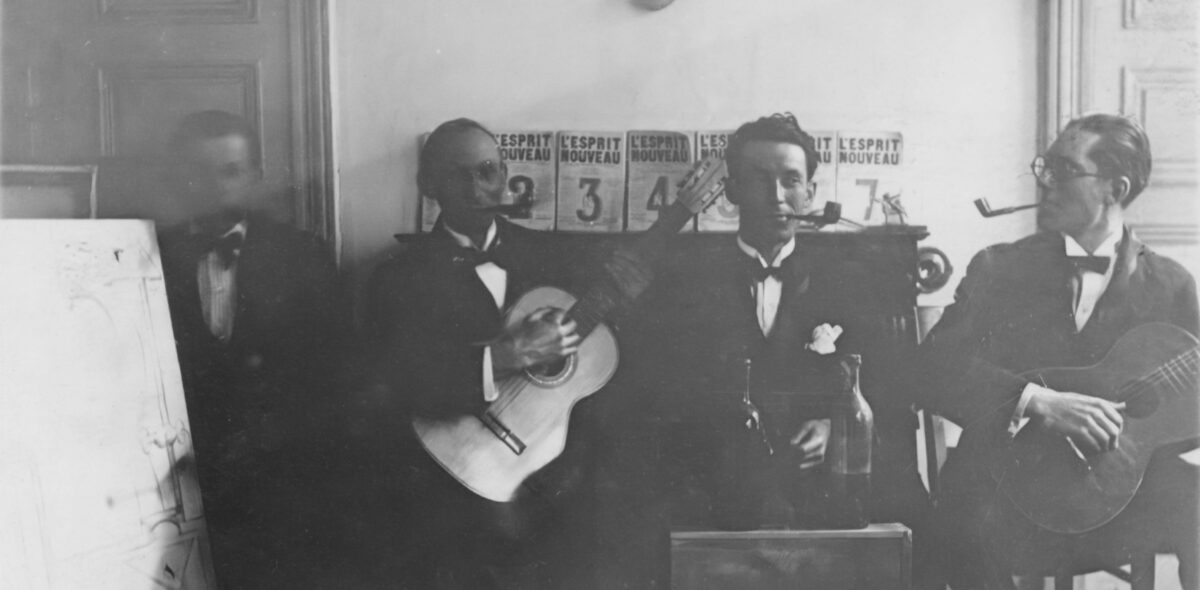
1921
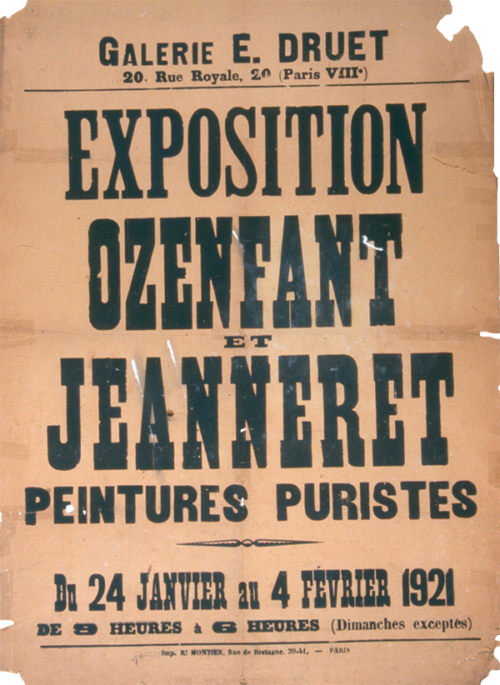
- Together with painter Amédée Ozenfant, Le Corbusier acquires works for Raoul La Roche at the Kahnweiler sale.
- Exhibition of paintings by Jeanneret at Galerie Druet
- Journey to Rome with his friend Amédée Ozenfant 1922
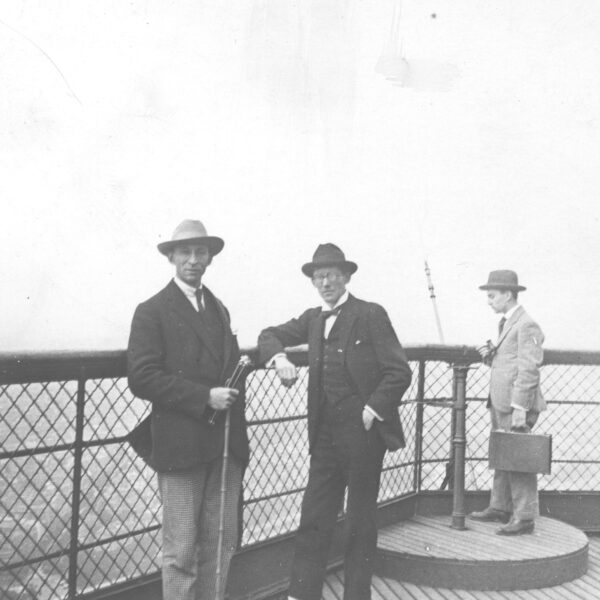
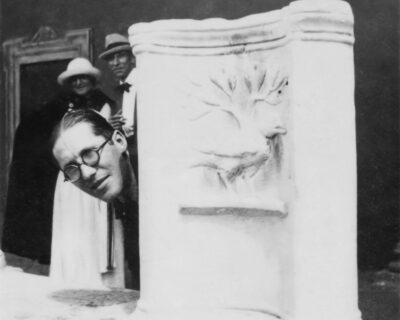
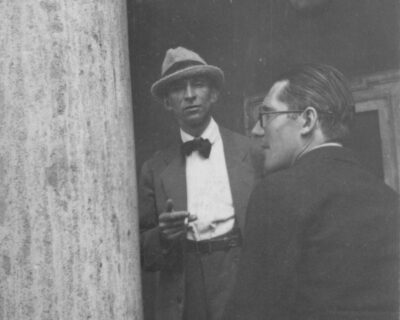
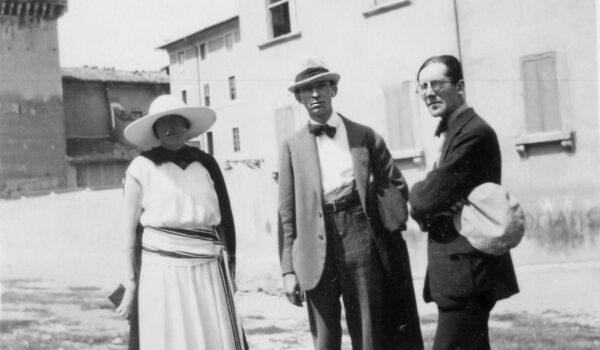
1922
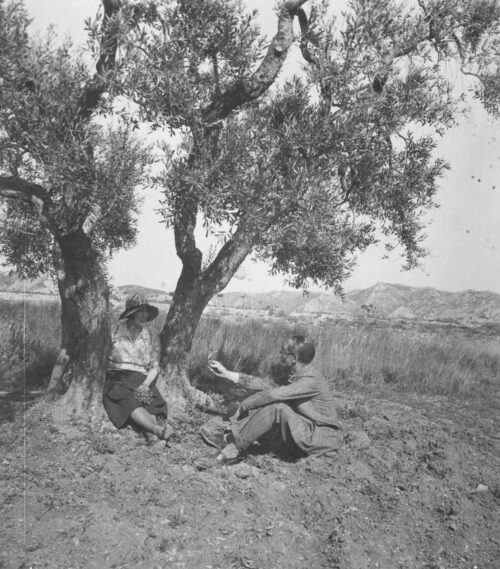
- Beginning of Le Corbusier’s collaboration with Pierre Jeanneret
- Meet Yvonne Gallis, his future wife
- Construction of the Maison-atelier Ozenfant and Villa Besnus
- Le Corbusier develops the contemporary City of 3 million inhabitants, the Maison Citrohan and Immeubles Villas
- Exhibition at the Salon d’Automne
